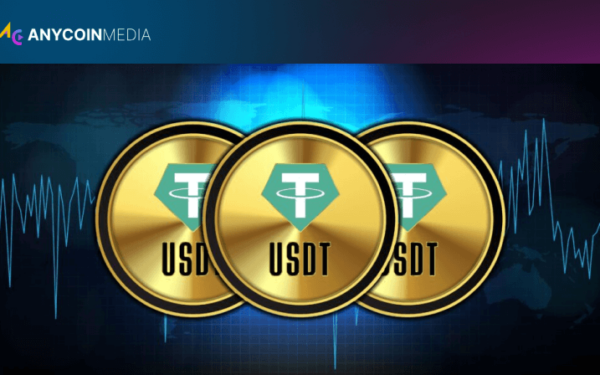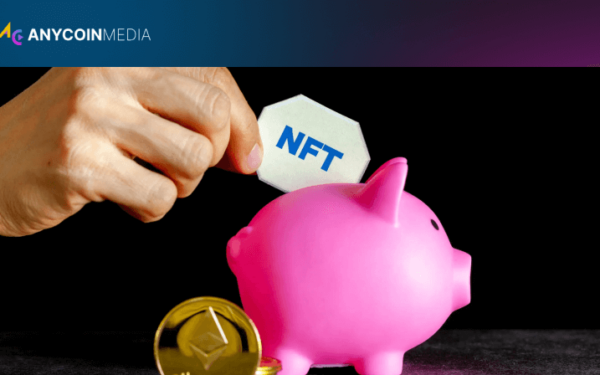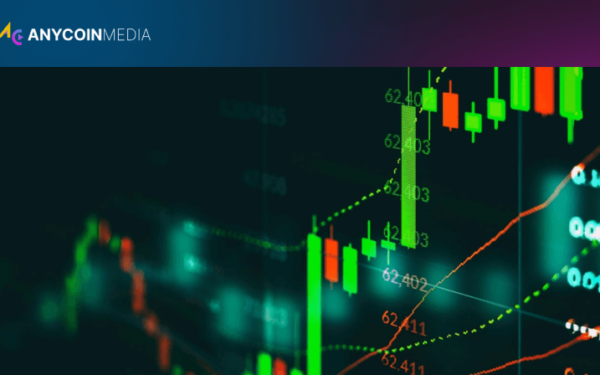Automated Market Makers (AMMs) have revolutionized the landscape of decentralized finance (DeFi) by enabling trustless and permissionless trading of cryptocurrencies and tokens. These algorithmic protocols facilitate token swaps without the need for traditional order books or centralized intermediaries. AMMs utilize smart contracts and liquidity pools to determine asset prices and execute trades, allowing for 24/7 market operations and enhanced liquidity for a wide range of digital assets.
AMMs operate on several fundamental principles that distinguish them from traditional market-making mechanisms:
These principles work in tandem to create a self-sustaining ecosystem where traders can execute swaps instantly, and liquidity providers can earn rewards for contributing their assets to the pool.
The functioning of AMMs revolves around the concept of liquidity pools and the constant product formula. Here’s a step-by-step breakdown of the process:
This mechanism ensures that there’s always liquidity available for trading, albeit with the potential for slippage on larger orders.
Several AMM models have emerged, each with its own approach to liquidity provision and pricing:
These diverse models cater to different asset types and trading scenarios, offering varying degrees of capital efficiency and price stability.
AMMs offer several benefits over traditional exchange models:
These advantages have contributed to the rapid growth of decentralized exchanges (DEXs) and the broader DeFi ecosystem, enabling users to trade and provide liquidity without relying on centralized entities.
Despite their innovations, AMMs face several challenges:
Addressing these challenges is crucial for the continued evolution and adoption of AMM-based decentralized exchanges.
Several AMM protocols have gained prominence in the DeFi space:
Each of these protocols has introduced unique features and optimizations, contributing to the diverse landscape of AMM-based decentralized exchanges.
AMMs have significantly impacted both the DeFi ecosystem and traditional finance:
The success of AMMs has prompted research and development into similar models for traditional assets, potentially transforming how markets operate across various financial sectors.
The AMM space continues to evolve rapidly, with several trends shaping its future:
These developments aim to address current limitations and expand the applicability of AMMs to a broader range of financial use cases.
Automated Market Makers represent a paradigm shift in how digital assets are traded and how liquidity is provided in decentralized markets. By leveraging smart contracts and innovative pricing algorithms, AMMs have democratized market making and enabled permissionless trading of a vast array of cryptocurrencies and tokens.
While challenges such as impermanent loss and front-running remain, ongoing innovations in AMM design and the broader DeFi ecosystem continue to address these issues. As the technology matures and integrates with traditional finance, AMMs are poised to play an increasingly significant role in shaping the future of global financial markets, offering unprecedented access, efficiency, and transparency in asset exchange.





